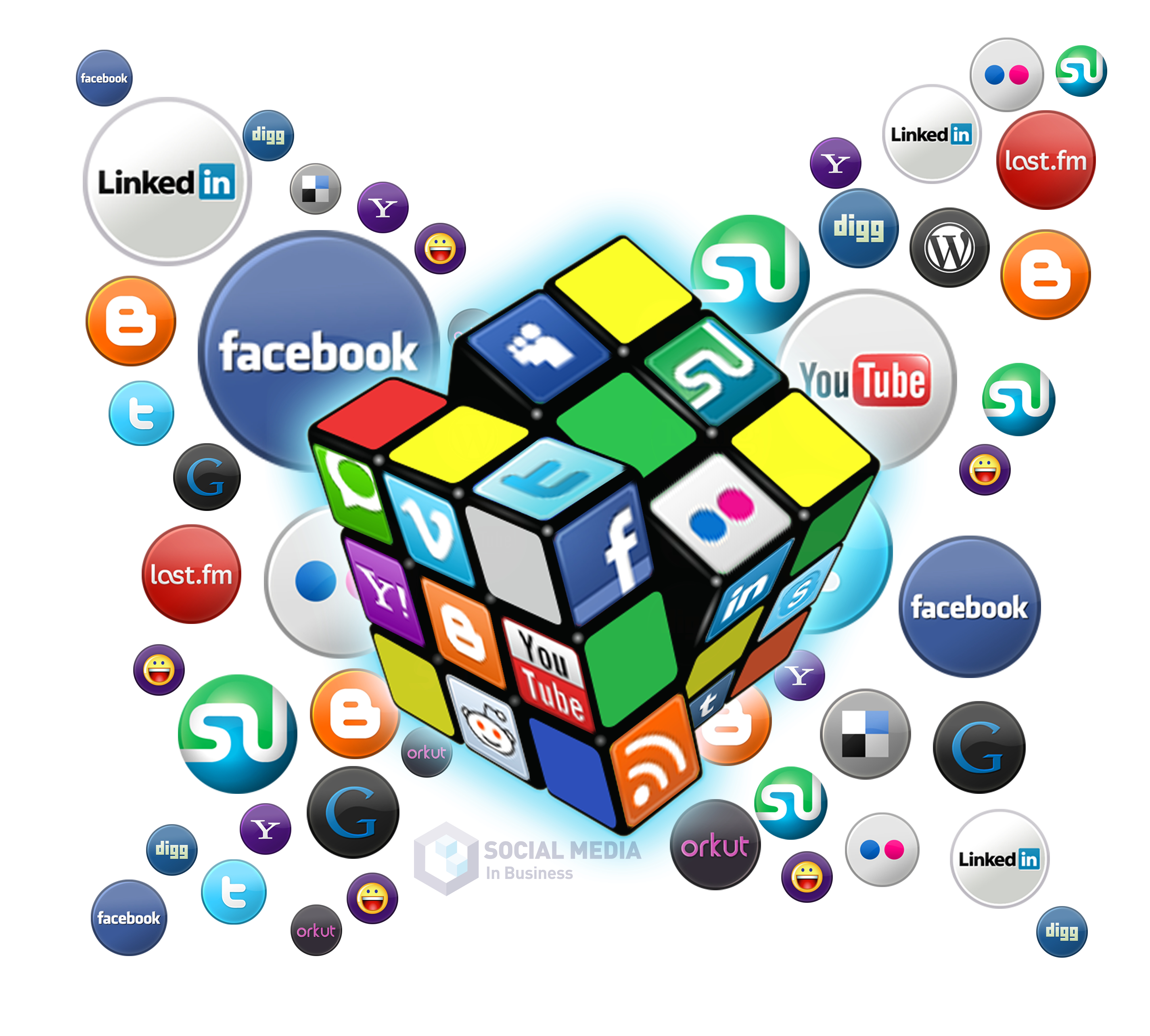What Is Cyberbullying?
Bullying is aggressive behavior that seeks to control or harm others. Bullying is characterized by the repetition of abusive behavior—the harassment must happen more than once or have the potential to happen again in order to be considered bullying. In order for harassment to be considered bullying, there must also be an apparent imbalance of power between the victim and the perpetrator (or perpetrators), and the harassment must occur over an extended period of time. Cyberbullying is just bullying that happens electronically (i.e., via any form of electronic communication, such as texting or messaging online, on websites, social networks, e-mail, etc.). According to a 2018 Google Survey, teachers listed cyberbullying as the top online issue with children in the classroom. With the advancement of technology and the rise of social media, today’s youth bring their bullies home with them.
Social Media Effects
As shared by Shristy about Ethical issues, “Social Networks can also bring up ethical issues for teachers who are ”friends” with their students.” A review study from Nottingham Trent University looked back over earlier research on psychological characteristics, personality, and social media use. When adolescents are online, they adapt to a different set of social norms than when they’re interacting with their peers in person. Oftentimes, they are more aggressive or critical on social media because of the anonymity they have online and their ability to avoid retaliation. Additionally, cyberbullies may feel less remorse or empathy when engaging in these behaviors because they can’t see the direct impact of their actions.
It triggers more sadness, less well-being
The more we use social media, the less happy we seem to be. One study a few years ago found that Facebook use was linked to both less moment-to-moment happiness and less life satisfaction—the more people used Facebook in a day, the more these two variables dropped off. The authors suggest this may have to do with the fact that Facebook conjures up a perception of social isolation, in a way that other solitary activities don’t. “On the surface,” the authors write, “Facebook provides an invaluable resource for fulfilling such needs by allowing people to instantly connect. Rather than enhancing well-being, as frequent interactions with supportive ‘offline’ social networks powerfully do, the current findings demonstrate that interacting with Facebook may predict the opposite result for young adults—it may undermine it.” https://www.forbes.com/sites/alicegwalton/2017/06/30/a-run-down-of-social-medias-effects-on-our-mental-health/?sh=5749e5102e5a
“Social media addiction is when people crave it when they’re not on it, and continue their social media use despite negative consequences,” said Giordano. “Some negative consequences could be they’re tired during the day because they’re scrolling all night long, they’re having conflicts with their parents, they’re getting poor grades in school or they’re engaging in actions online that they later regret, but they still continue to use social media.”
Even though there are a few negative aspects of using media. However, All of this is not to say that there’s no benefit to social media—obviously, it keeps us connected across great distances, and helps us find people we’d lost touch with years ago.

Great post, Gunpreesh! We see cyber bullying at school all of the time. It is so much harder to deal with as we cannot see it during the school day. So much nicer when it was a fight on the playground that could be dealt with and move on. I feel like there is a cloud of all kinds of drama that floats around my classroom that we cannot even see.
Thanks for a great post!
very informative and knowledgeable post!!
Cyberbullying exists on the digital platform, and I believe it is here to stay. as It also frequently undermines a person’s self-esteem and causes them to question their own value. It is lot easier to state these things, such as that any form of bullying is socially undesirable, that no one has the right or power to harass or bully, but dealing with this issue is really difficult. People feel ashamed and exposed, so they close themselves off and separate themselves from everyone. However, in such a situation, we are unable to intervene.
I agree with Dalton. We see cyberbullying regularly in school, albeit it usually happens outside of school hours, but it definitely falls on our plates to deal with. Cyberbullying can be so tricky to deal with, and complex. There are so many levels, and most of the time police need to get involved–usually our school resource officer. I too would rather have an outright conflict happen at school, face-to-face, where you can actually deal with it and get to the bottom of things more quickly and efficiently. You can also monitor the situation a lot easier as well.
I agree with everyone. Despite cyberbullying usually happening after school hours, it often falls onto the school’s plate to deal with. I sometimes find it difficult to understand the kids’ stories of cyberbullying because who students are in person are often completely different from who they are online. That disconnect to empathy and remorse is hard to rectify. Perhaps if schools/ parents spent more time on the development of media literacy and digital citizenship skills this would help to decrease the amount of cyberbullying in the world today. It really is a problem that is bigger than a few lessons being taught in school. What can teachers do?!